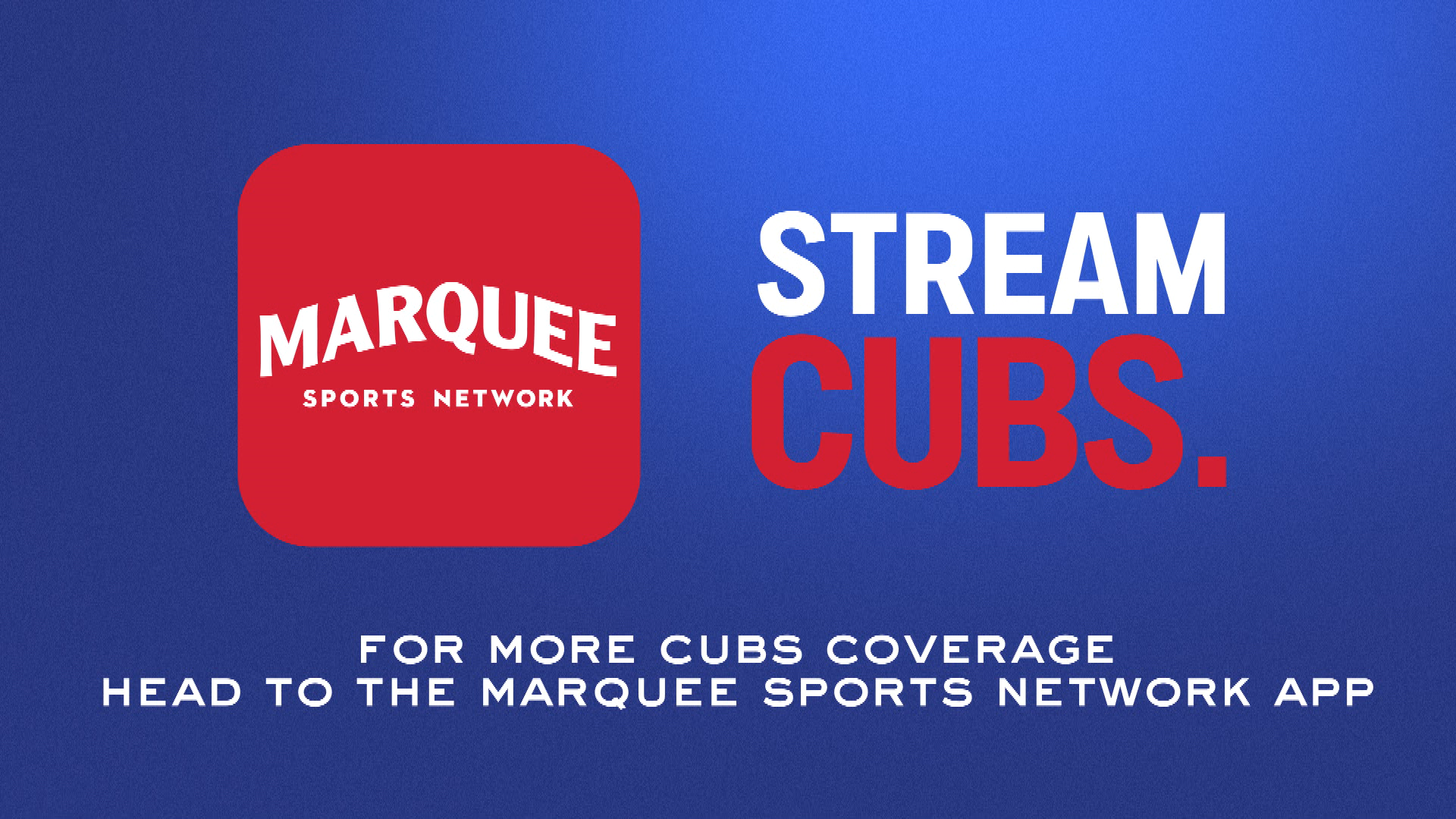After Craig Breslow’s departure, where does Cubs’ pitching infrastructure go?

The Cubs have thrived the last few years in unearthing hidden gems through free agency in the bullpen like David Robertson, Ryan Tepera and Mychal Givens.
How big of a role did former pitching vice president/assistant general manager Craig Breslow play in that?
“Yeah, he recommended most of the guys that struggled,” Cubs president of baseball operations Jed Hoyer quipped last week.
Breslow had his own response:
“Yeah, I’m not sure how they’re gonna replace me,” he said sarcastically.
The one-liners elicited laughs from the scrum of reporters huddled around the pair at their respective availabilities at the courtyard of the Omni Resort in Scottsdale, Ariz. during last week’s GM Meetings. Hoyer quickly praised Breslow after he was hired this offseason as Boston’s chief baseball officer, a rapid ascension for the former big-leaguer, who joined the Cubs’ front office in 2019.
“He’s as capable as a person as there is out there,” Hoyer said of Breslow.
But what does his departure mean for the Cubs’ pitching infrastructure? It’s one of the most underrated questions the team is facing this offseason — Breslow’s exodus has kind of gone under the radar after the team stunned the baseball world and hired Craig Counsell as the 56th manager in franchise history.
The Cubs — and Breslow — feel that the organization, pitching-wise, is in an incredibly healthy place going forward, despite his exit.
“He left us in a really good shape,” Hoyer said. “I’m confident that the guys going forward can continue in that way with that infrastructure and do a good job. But yeah, there’s no doubt he had a big impact on all of our pitching decisions and in that regard it’s always gonna be hard to replace.”
Part of that confidence comes from the complete overhaul in the pitching setup for the Cubs. Over the course of the 4 years Breslow was in Chicago, the Cubs went from rarely producing pitching in the system to relying on numerous homegrown arms — like Justin Steele, Adbert Alzolay and Javier Assad — this past season and with plenty more (Jordan Wicks and Cade Horton) on the way.
The framework is there for the Cubs to continue to churn out pitchers that can replenish the big-league club. This offseason, the Cubs need external bullpen and rotation help, Hoyer has admitted this. But the entirety of the innings the Cubs will throw in 2024 won’t come from outside acquisitions. They’ll need homegrown arms like Wicks, Horton, Daniel Palencia, Luke Little and others to continue to step up and eat innings for the team.
“I think it starts with just raising the floor and raising the raw ingredients or the capacity of players, of pitchers specifically, such that when you’re looking for guys to take the next step forward with command or execution or with pitch usage, you’re dealing from a population that already has major-league quality pitching,” Breslow said. “I think in Chicago, my expectation is they’ll start to see the fruits of that. They did this year and there are others where when you’re kind of looking for the top performers at the upper minor leagues and who’s ready to contribute to the big leagues, you know at a default level, these guys have major-league caliber stuff.”
According to sources close to the Cubs front office, Breslow isn’t allowed to take any Cubs front office personnel for a year with him to Boston, meaning the personnel and pitching infrastructure will remain intact, just without Breslow at the top. Other front office members could take greater roles, too, allowing the Cubs to continue to have the framework of a pitching base that Breslow helped build.
“I’m confident that the guys going forward can continue in that way with that infrastructure and do a good job,” Hoyer said. “But yeah there’s no doubt [Breslow] had a big impact on all of our pitching decisions and in that regard it’s always gonna be hard to replace.”



